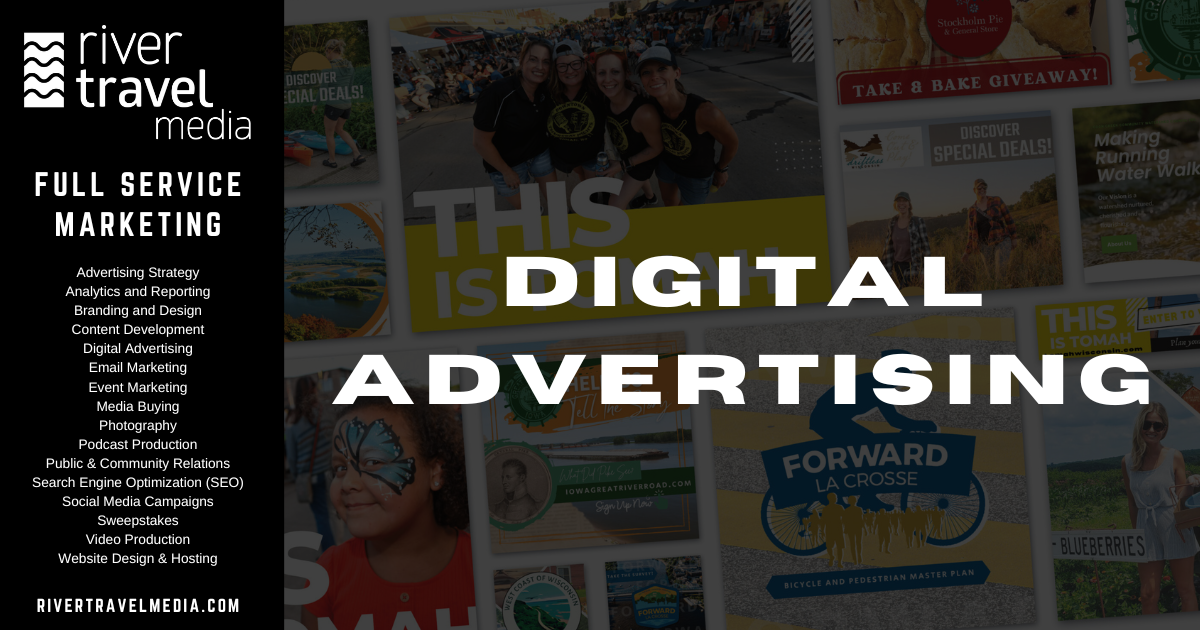Understanding Digital Advertising: A Comprehensive Guide
In a time where technology pervades every aspect of our lives, digital advertising has become an indispensable tool for businesses looking to connect with their target audiences. But what exactly is digital advertising, and why is it so crucial for modern marketing strategies? In this blog, we will explore the fundamentals of digital advertising, its various forms, benefits, and some best practices to help you get started.
What is Digital Advertising?
Digital advertising, also known as online advertising, refers to the use of internet-based platforms to promote products, services, or brands to a wide audience. This form of advertising encompasses a variety of channels and formats, including search engines, social media, email, and websites, to reach consumers where they spend most of their time online.
Types of Digital Advertising
- Search Engine Advertising (SEA): This involves placing ads on search engines like Google and Bing. Advertisers bid on keywords, and their ads appear at the top of search results when users enter those keywords. Google Ads is the most popular platform for SEA.
- Social Media Advertising: Platforms like Facebook, Instagram, Twitter, LinkedIn, and TikTok offer targeted advertising options. Advertisers can target users based on demographics, interests, and behaviors.
- Display Advertising: These are banner ads, videos, and other visual ads that appear on websites within the Google Display Network or other ad networks. They can be static or interactive.
- Pay-Per-Click (PPC): This model charges advertisers each time a user clicks on their ad. It is commonly used in search engine and social media advertising.
- Affiliate Marketing: This involves partnering with other businesses or influencers to promote products or services. Affiliates earn a commission for every sale or lead generated through their referral.
- Email Marketing: Sending promotional messages or advertisements directly to a targeted list of email subscribers. This method is highly effective for nurturing leads and maintaining customer relationships.
- Video Advertising: Platforms like YouTube offer video ad placements, which can be pre-roll (before the video), mid-roll (during the video), or post-roll (after the video).
- Native Advertising: Ads that blend seamlessly with the content of the platform on which they appear. They are designed to look like part of the editorial flow, providing a less intrusive user experience.
Benefits of Digital Advertising
- Targeted Reach: Digital advertising allows for highly targeted campaigns based on demographics, interests, location, and behavior, ensuring your ads reach the right audience.
- Measurable Results: With digital advertising, you can track and measure the performance of your campaigns in real time, allowing for quick adjustments and optimization.
- Cost-Effective: Compared to traditional advertising methods, digital advertising often offers a better return on investment (ROI). Advertisers can set budgets that fit their needs and pay only for the results they achieve.
- Flexibility and Scalability: Digital ads can be easily adjusted, paused, or scaled up based on performance and changing business needs.
- Enhanced Engagement: Interactive ad formats, such as videos and social media ads, encourage user engagement and interaction, leading to higher conversion rates.
Best Practices for Digital Advertising
- Define Clear Objectives: Before launching a campaign, clearly define what you aim to achieve—whether it’s brand awareness, lead generation, or direct sales.
- Know Your Audience: Conduct thorough research to understand your target audience’s preferences and behaviors. This will help you craft messages that resonate with them.
- Create Compelling Content: Invest in high-quality, engaging content that grabs attention and encourages users to take action. Use strong visuals, persuasive copy, and a clear call-to-action (CTA).
- Optimize for Mobile: With a significant portion of internet traffic coming from mobile devices, ensure your ads are optimized for mobile viewing.
- Test and Optimize: Continuously test different ad variations and strategies to see what works best. Use A/B testing to compare performance and make data-driven decisions.
- Monitor and Analyze: Use analytics tools to track the performance of your campaigns. Key metrics to monitor include click-through rates (CTR), conversion rates, and return on ad spend (ROAS). Use this data to refine your strategies.
Conclusion
Digital advertising is a powerful tool for businesses looking to reach and engage with their target audiences. By understanding its various forms, benefits, and best practices, you can create effective campaigns that drive results for your destination. As the digital landscape continues to evolve, staying informed and adaptable will be key to your advertising success.
For more in-depth insights and up-to-date trends in digital advertising, consider exploring resources from the Interactive Advertising Bureau (IAB), HubSpot, and Google Ads.
Contact River Travel Media for more information on our services.
References
- Interactive Advertising Bureau. (2023). “What is Digital Advertising?”. Retrieved from IAB
- HubSpot. (2023). “The Ultimate Guide to Digital Advertising”. Retrieved from HubSpot
- Google Ads. (2023). “How it works”. Retrieved from Google Ads
- Facebook Business. (2023). “Advertising on Facebook”. Retrieved from Facebook Business
- Search Engine Journal. (2023). “A Beginner’s Guide to PPC”. Retrieved from Search Engine Journal
- YouTube Ads. (2023). “Video Ad Formats”. Retrieved from YouTube Ads
- Neil Patel. (2023). “Affiliate Marketing Made Simple: A Step-by-Step Guide”. Retrieved from Neil Patel
- Moz. (2023). “The Beginner’s Guide to SEO: Chapter 6.2: The Basics of Paid Search”. Retrieved from Moz

